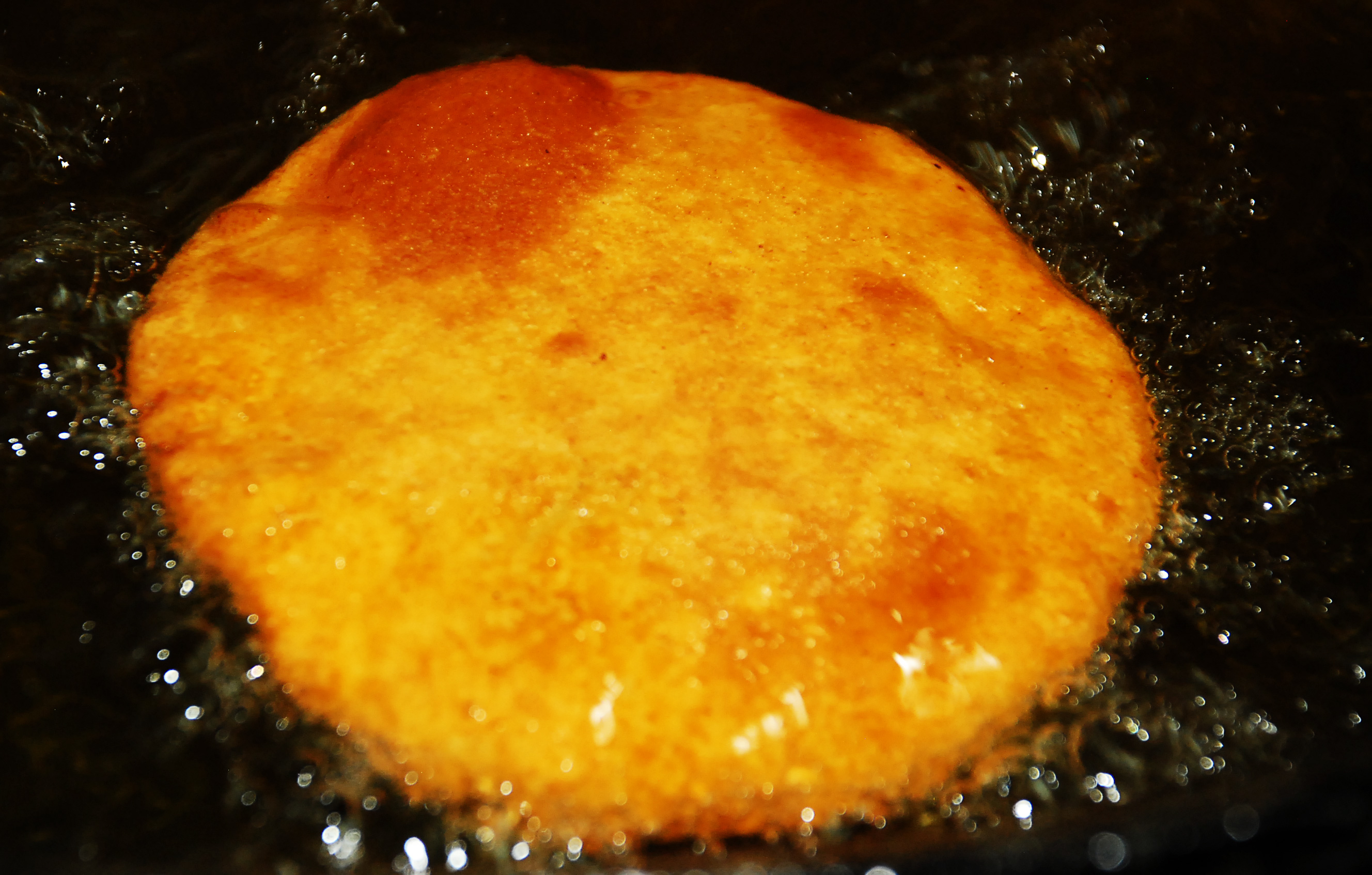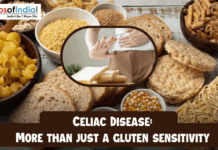Fats are composed of single molecules of fatty acids connected to glycerol, which is a 3-carbon backbone. Thus, fats are known as ‘fatty acids’ or ‘lipids’. Fat is generally the most concentrated way of developing energy in the diet that offers nearly 8 to 9 calories per gram compared to proteins and carbohydrates, which have only four calories per gram. Fat consists of three elements, namely carbon, oxygen and hydrogen. The carbon and hydrogen are much vis-a-vis oxygen, and therefore, it leads to nine calories per gram.
Fat is a crucial source of energy and a part of the diet. Fat intake some minerals and vitamins and are required to form cell membranes, the critical exterior of each cell, including the sheaths covering nerves. As a result, fats limit inflammation levels, brain development and blood coagulation.
They act as a storage space for keeping the body’s abundance of calories in fat cells or adipose tissue that assists to insulate the body. In addition, they help the body intake and carry the vitamins A, E, D and K through the bloodstream.
All fats resemble a chemical structure which is a chain containing carbon atoms bonded to hydrogen atoms. The uniqueness between them is the length and shape of the carbon chain and the number of hydrogen atoms attached to the carbon atoms.
Types of Fats
- Monounsaturated fats: They are healthy fats with a single carbon-to-carbon double bond discovered in Avocados, Olives and Olive oil, Macadamia nuts, Peanuts. It plays a crucial role in shielding the heart and backs the sensitivity of insulin, fat storage, healthy energy levels and weight loss. When one dips bread in olive oil at an Italian restaurant, it results in monounsaturated fat—for example, sunflower oils and high-oleic safflower.
- Saturated and Unsaturated fat: It is responsible for bad cholesterol is discovered in various animal products such as milk, cheese, meat and others, and that’s why it must restrict the quantity of absorption. It is a reason for bad cholesterol and hinders the arteries. Undertaking it in maximum amounts leads to heart diseases, while unsaturated fats are placed instead of saturated fats and reduce cholesterol levels. Example: Olive, Peanut and others.
- Polyunsaturated fat: They are healthy fats, which are sufficiently present in plant and animal foods, namely Flax seeds, vegetable oils, walnuts, salmon, etc. These fats comprise both Omega 3 and Omega 6 fats. Omega 3 assists in lowering inflammation, strengthens healthy hormone levels and cell membranes. Examples of omega-3 fatty acids include fatty fish like mackerel, salmon and sardines, flaxseeds, canola oil, walnuts and non-hydrogenated soybean oil. Omega-3 fatty acids could avoid and treat heart disease and stroke. Moreover, increasing HDL and lowering triglycerides, polyunsaturated fats may also assist in preventing lethal heart rhythms. Omega 6 fatty acids have an essential role in maintaining a healthy brain and muscle work.
- Trans fats: They are also known as unsaturated fatty acids or trans fatty acids. These fats are adopted naturally in food items like lamb, beef, whole milk, cheese, butter, and cream procured from cattle. Conjugated linoleic acid is a natural trans fatty acid that supports the body, boosts the immune system, and holds cancer development. Although, most trans fatty acids are composed when manufacturers change liquid oils into solid fats. Vegetable oils are hydrogenated to produce vegetable shortening, peanut butter, and margarine. These are used for salad dressing when it comes to the usage of hydrogenation. Trans fats are available in many processed foods, namely baked food items, crackers, cookies, snack foods, deep-fried foods and other food items made or fried in partially hydrogenated oils.




